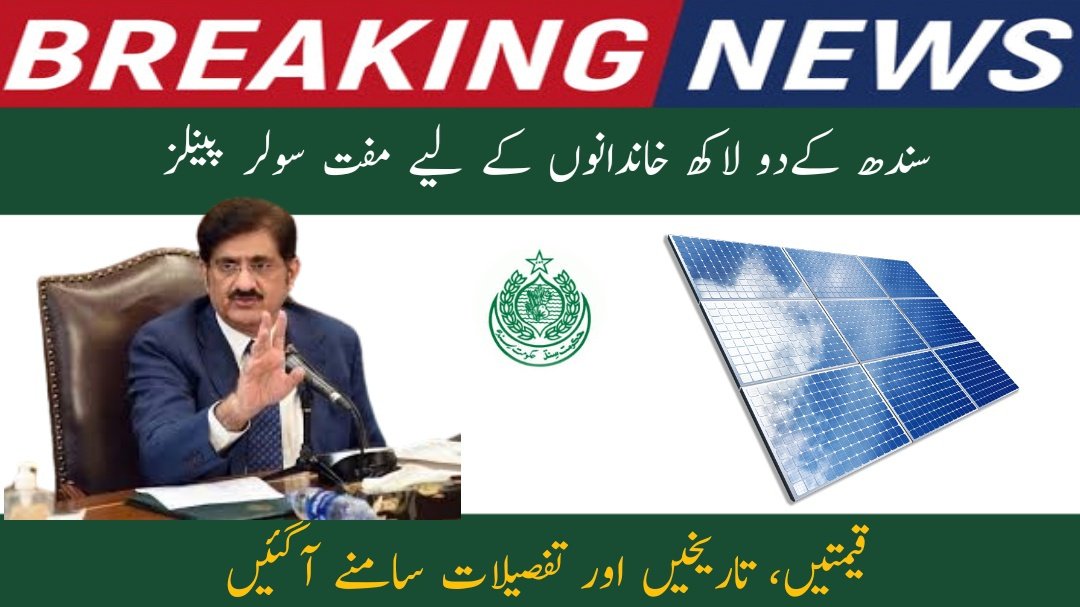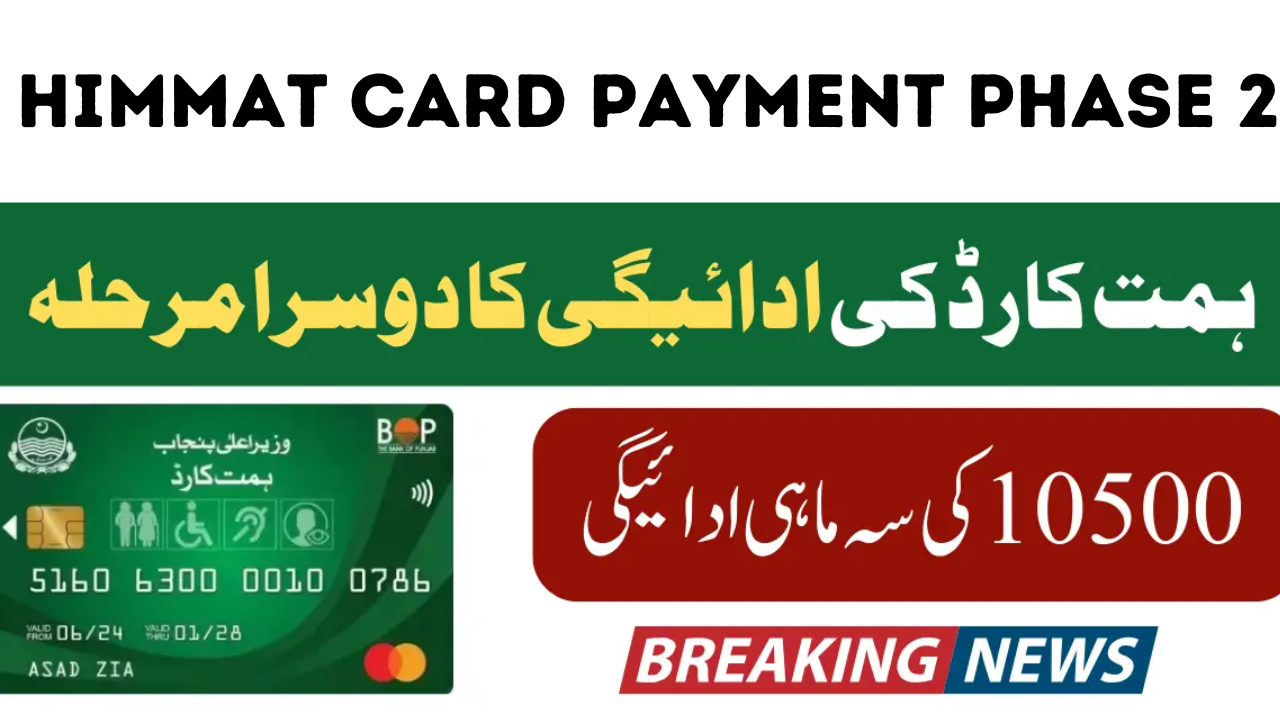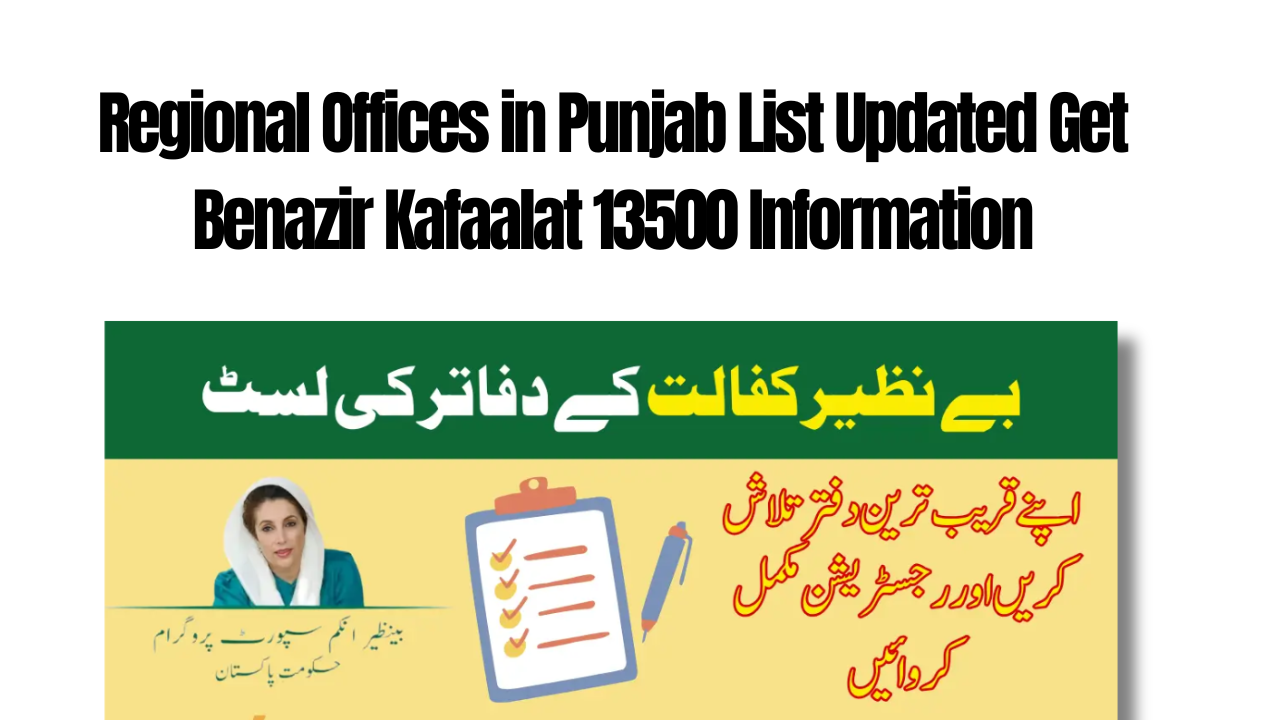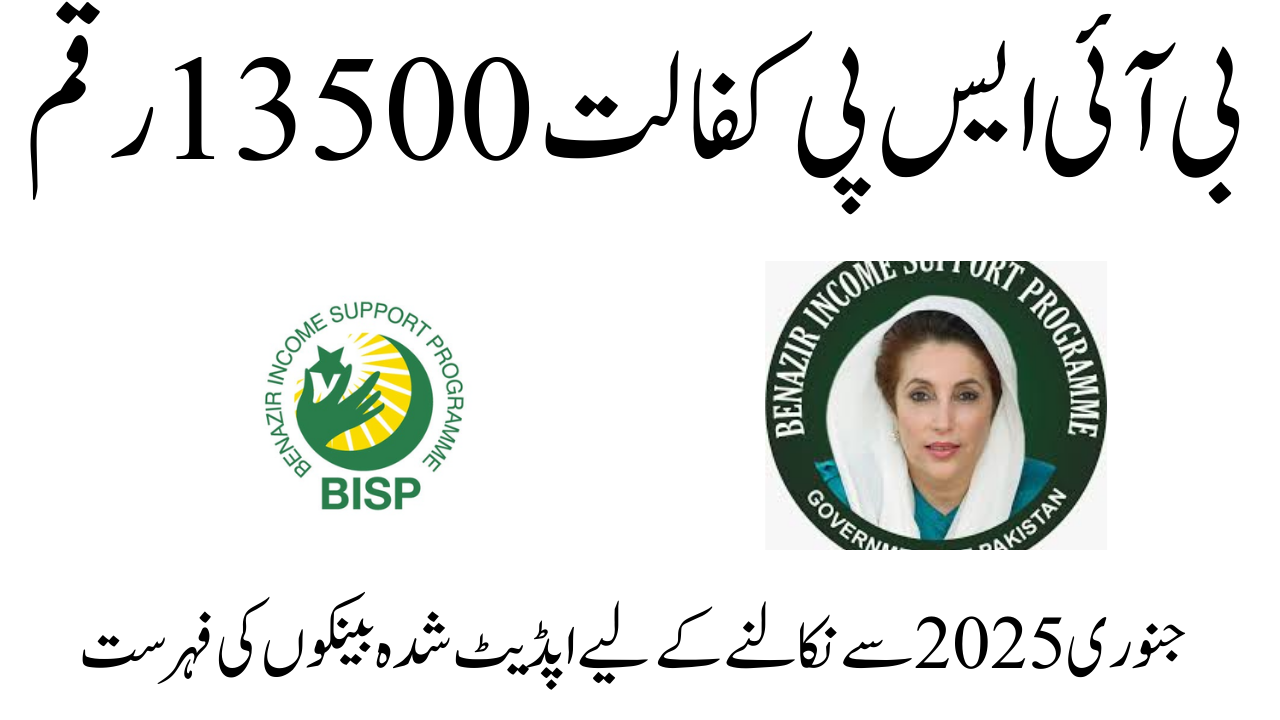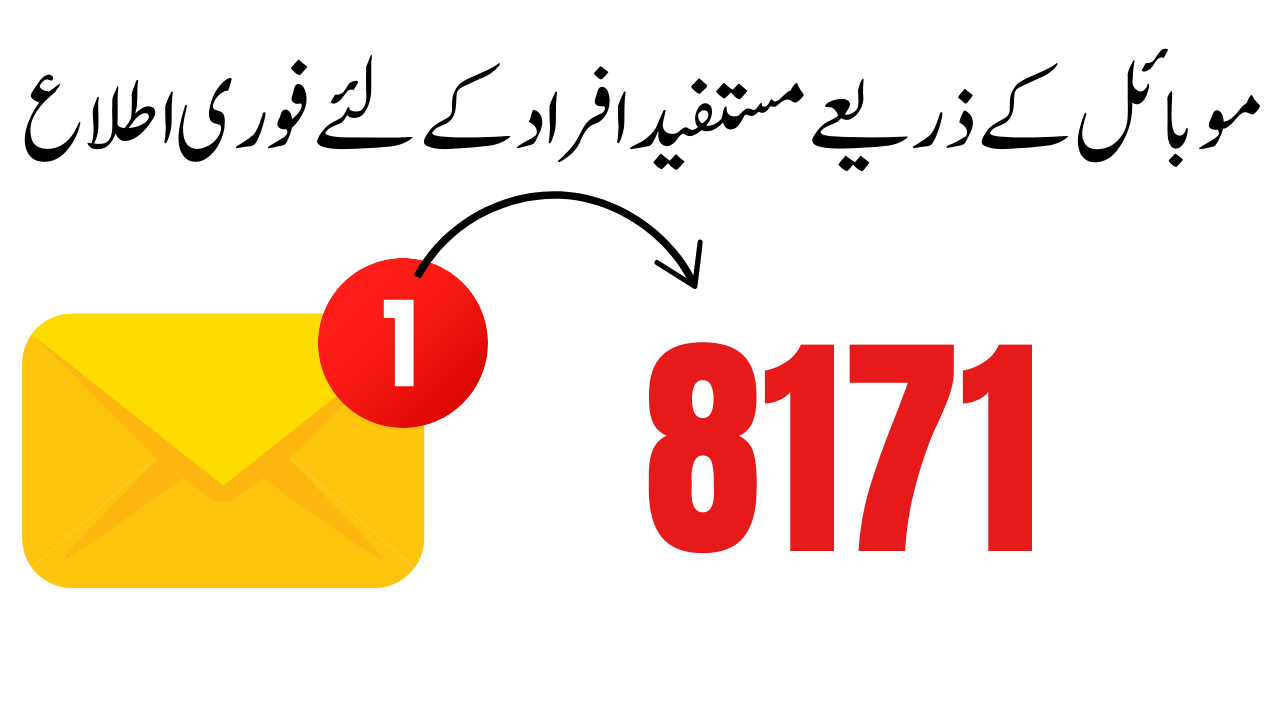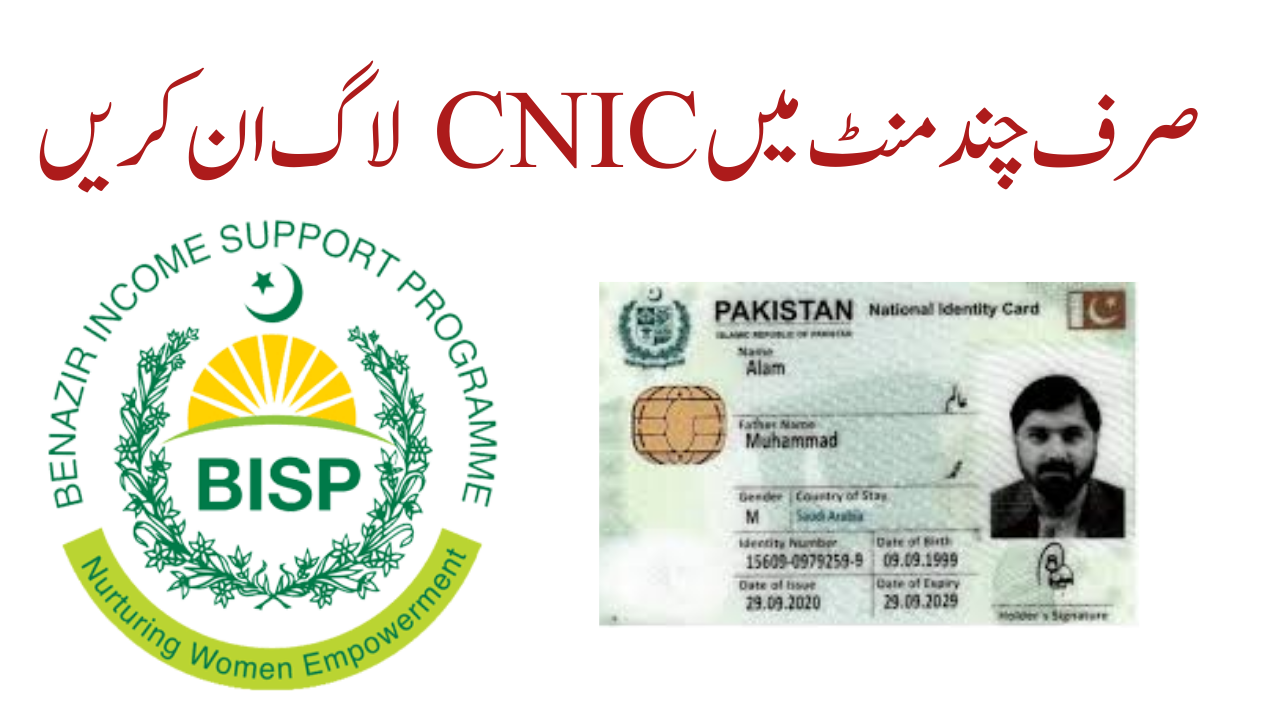The Sindh government has unveiled a new plan to distribute solar panels to 200,000 people across the state. This program is part of the government’s efforts to transition to renewable energy, lower electricity bills, and provide sustainable energy alternatives. The scheme’s details, including prices, dates, and application procedures, have been made public. This effort seeks to meet energy needs and promote environmentally responsible practices with long-term advantages.
Also Read: Breaking News: Free Tablet Scheme for Students from Class 9 to 12 Announced
| Feature | Description |
| Subsidy Percentage | Up to 70% subsidy for low-income families |
| Application Process | Apply online or offline with necessary documents |
| Installation Phases | 3 stages from November 2024 to December 2025 |
| Financing Option | Installments available to reduce financial burden |
Sindh Solar Energy Project Overview
The solar panel program is part of the Sindh Solar Energy Project (SSEP) run by the Sindh Energy Department, with financial assistance from the World Bank. The goal is to provide energy to families living in areas without access to the main electricity grid and reduce their reliance on expensive and environmentally harmful energy sources. By doing this, the government hopes to promote renewable energy and ensure that every family has access to a stable and affordable energy supply.
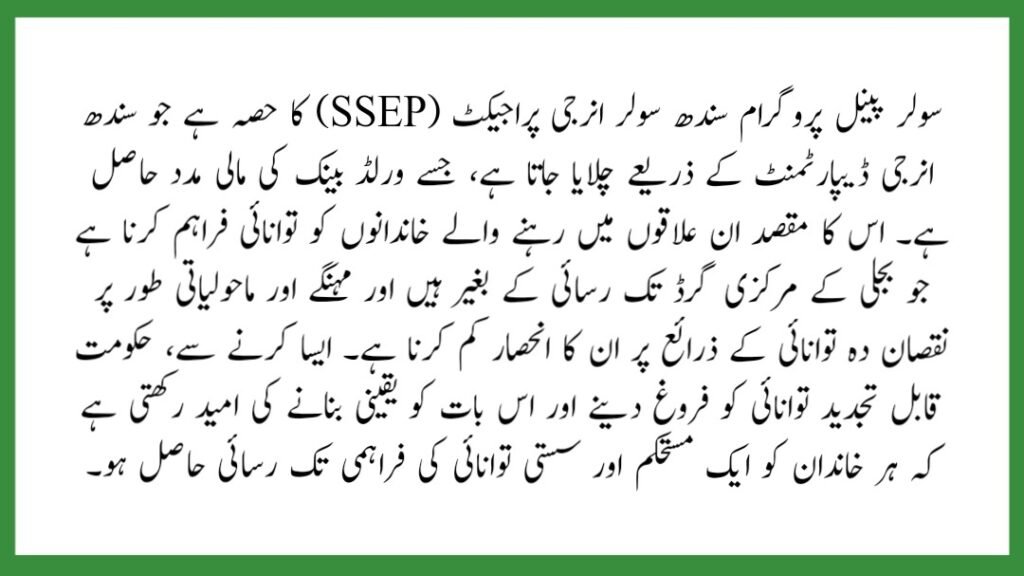
Solar Panel Scheme Prices and Subsidies
The Sindh government has made solar panels affordable by offering subsidies based on income levels. Families below the poverty line will receive a 70% subsidy, while low-income and middle-income families will receive 50% and 30% subsidies, respectively.
Also Read: Good Updates: Livestock Cards Program Now Valid in Punjab 2024
Solar Panel Program Timeline
To guarantee a smooth deployment, the distribution of solar panels would be divided into three phases. The first phase will begin in November 2024, with 50,000 households as its aim. The second phase will last from March to June 2025, with the last phase covering the remaining 100,000 families by December 2025. This tiered approach guarantees that the program is well-managed and that all eligible families are included. Stage 1: November 2024–February 2025 for 50,000 families. Stage 2: March 2025 to June 2025 for 50,000 families. Stage 3: July 2025–December 2025 for 100,000 families.
Application Process for Solar Panels
The application process has been simplified to encourage maximum participation. Families that are interested in the plan can apply both online and offline. The online application can be completed on the Sindh Energy Department’s website, while offline applications can be filed at approved locations such as community halls or local government offices. Online Application: Complete the form on the official website. Offline Application: Fill out and submit applications at local centers. Documents Required: ID card, proof of address, income verification, and a utility bill.
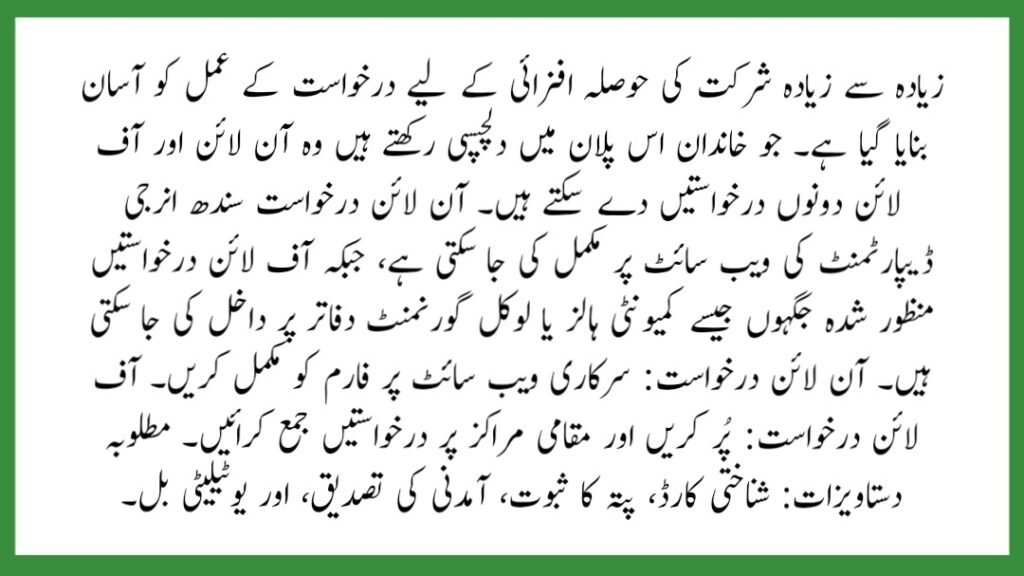
Benefits of the Solar Panel Program
This program provides various benefits to Sindhis, particularly those living in rural and low-income areas. First, using solar energy can drastically lower monthly electricity bills, which may be a considerable burden for families. Second, as families reduce their reliance on the national grid, they will experience fewer power disruptions. Third, solar energy is clean and reduces carbon emissions, which is beneficial to the environment. Lower your electricity bills. Reduced dependence on the national grid. Environmentally friendly energy source. Job Creation in the Solar Energy Sector.
Conclusion
The Sindh government’s solar panel initiative is a significant step toward providing energy security and encouraging renewable energy in the state. This effort will address both urgent energy requirements and long-term environmental sustainability by making solar panels affordable and accessible. The government’s proactive approach to renewable energy will benefit both the economy and the environment, creating a model that other regions may follow in the future.

